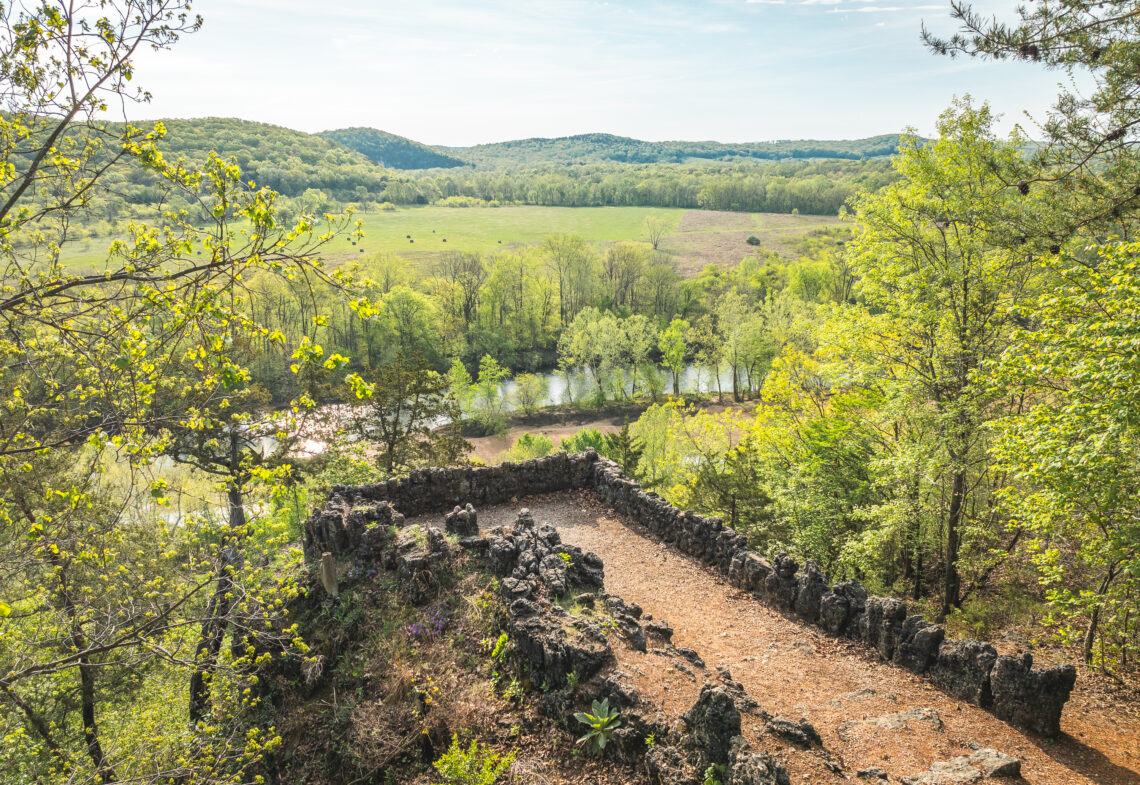Exploring Missouri’s River Culture: Floating, Fishing, and Fun
Resort Amenities, Resort Tips
Missouri’s rivers offer some of the best outdoor experiences in the Midwest, with crystal-clear waters flowing through spectacular Ozark landscapes. The best time for floating Missouri’s scenic waterways runs from May through October when warm temperatures and optimal water levels create perfect conditions for river adventures. During these months, you can enjoy leisurely float trips on rafts, canoes, kayaks, or tubes while the gentle current does most of the work.
Beyond floating, Missouri’s pristine rivers provide excellent opportunities for fishing, with both trout and native smallmouth bass inhabiting these waters. The state boasts several Wild & Scenic Rivers where you can cast a line in unspoiled natural settings. Your river adventure can be as relaxing or as thrilling as you choose, with options ranging from calm, family-friendly floats to more challenging stretches for experienced paddlers.
Planning your river expedition includes considering where to eat along the way. Many of Missouri’s popular floating destinations offer unique dining experiences at riverside stops where you can refuel and refresh. You’ll find that these rivers aren’t just waterways—they’re vital parts of the Ozark culture and landscape that provide distinctive experiences you can’t find anywhere else.
The Essence of Missouri’s River Culture
Missouri’s waterways have shaped the state’s identity through centuries of human interaction, creating distinctive traditions and lifestyles. These rivers connect communities and provide both recreation and livelihood for residents across diverse geographical regions.
History and Influence of River Culture
The Missouri River, known as the “Center of Life” for the Great Plains, has served as a critical artery for exploration, food, trade, and transportation throughout American history. Native American tribes first utilized these waterways before European explorers and settlers arrived. The rivers facilitated westward expansion and the development of riverside communities.
You can find the echoes of this heritage throughout modern river towns where fishing, boating, and riverside festivals maintain traditions dating back generations. Many families pass down river knowledge through generations, teaching the best fishing spots, floating techniques, and water safety.
River culture has influenced local economies, architecture, art, and even language. Communities developed unique customs based on seasonal changes in water levels and fish migrations. These traditions continue to thrive as part of Missouri’s cultural heritage.
Regions and Rivers: Geographical Overview
Missouri boasts an impressive network of rivers across distinct regions, each offering unique experiences. The Missouri National Recreational River winds through dramatic landscapes that have influenced American history. As the longest river in the United States, it features unique geological settings worth exploring.
In southern Missouri, you’ll discover the Ozark region’s clear, spring-fed streams perfect for floating trips. The Meramec River is known for scenic bluffs and calm waters, making it popular for beginners and families. For fishing enthusiasts, the Gasconade offers excellent smallmouth bass opportunities, while the Grand River is renowned for catfish.
Northern Missouri’s rivers tend to be wider and slower, ideal for more leisurely activities. The Current and Eleven Point rivers feature crystal-clear waters that attract paddlers seeking scenic float trips through pristine wilderness. Each river system has developed its own culture, attractions, and recreational opportunities that reflect the surrounding landscape.
Recreational Activities on Missouri’s Rivers
Missouri’s river systems offer diverse outdoor experiences that appeal to adventurers of all skill levels. The state’s waterways provide the perfect backdrop for seasonal recreation that connects visitors with nature.
Floating: A Beloved Pastime
Floating down Missouri’s rivers is a quintessential warm-weather tradition. You can experience this relaxing activity on several notable waterways, including the popular Niangua River, known for its scenic beauty and gentle currents.
Huzzah Valley Resort and Windy’s Floats offer established floating services with various trip lengths to match your schedule. For a shorter adventure, the Camp Tomahawk Two-Mile Tube Float provides a perfect introduction to river floating.
Your floating options include:
- Tubing: Relaxing in individual inflatable tubes
- Rafting: Group adventures in larger inflatables
- Canoeing/Kayaking: More active paddling experiences
The ideal floating season runs from late May through early September, when water levels and temperatures are most accommodating.
Fishing: Species and Seasons
Missouri rivers host impressive fishing opportunities throughout the year. The Missouri National Recreational River spans 100 miles and represents one of the state’s premier fishing destinations with diverse aquatic habitats.
The Niangua River offers prime fishing opportunities alongside its floating experiences. You should check local regulations for fishing licenses and season-specific rules before planning your trip.
Many outfitters provide guided fishing expeditions for both beginners and experienced anglers.
Community Events and River Festivals
Missouri’s river culture thrives through community celebrations that highlight these natural resources. Throughout the year, riverside towns host events celebrating their aquatic heritage.
Summer brings numerous floating festivals where you can join group expeditions and riverside camping experiences. Many events feature live music, local food, and demonstrations of traditional river skills.
Conservation-focused events educate visitors about river ecology and preservation efforts. These gatherings often include volunteer opportunities for waterway cleanup and habitat restoration projects.
Local cultural festivals highlight historical river uses, including transportation, commerce, and settlement patterns that shaped Missouri’s development.
